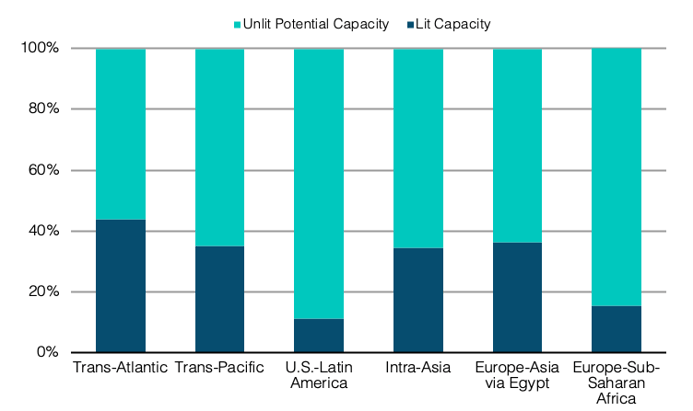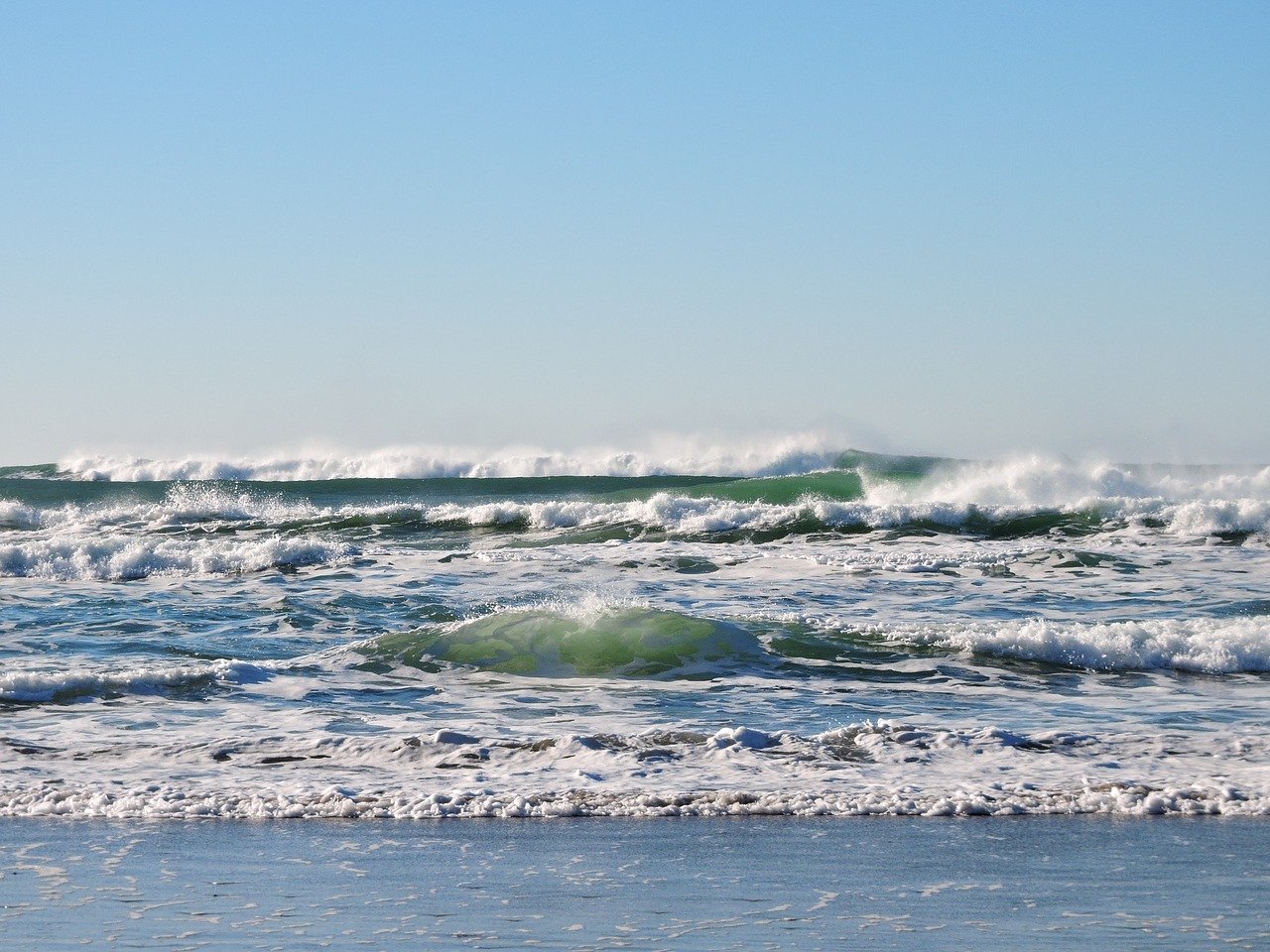While most press coverage has focused on the massive impact COVID-19 is having on access networks, let’s not forget the role played by our massive network of undersea cables in global communications.
I wanted to offer some preliminary insights into how the submarine cable industry is coping.
Manufacturing
Last week we learned that the need to quarantine has led at least one submarine cable supplier to close two factories earlier this month.
The closure of two factories—and potentially others—won’t immediately have negative repercussions on global connectivity, but it will push back the deployment of new systems.
Globally, cable factories have been running at maximum capacity to meet the requirements for dozens of new cables under construction around the world. The closure of two factories—and potentially others—won’t immediately have negative repercussions on global connectivity, but it will push back the deployment of new systems.
Survey and Deployment
Another byproduct of quarantines, not just the near shutdown of global travel, is the impact on cable ships. It’s challenging to get crews on and off ships that are conducting surveys for future cables—or even laying new ones.
These delays are not vital to the near-term operation of international networks. Most existing cables have the ability to upgrade their capacity substantially. Our most recent data from the end of 2019 shows that a substantial amount of unlit capacity exists on major routes.
This means there’s room to add extra capacity to these cables to handle traffic growth. (For an explanation of lit and potential capacity read this.)
There's Still Plenty of Unlit Capacity
Capacity on Major Routes, 2019

Maintenance and Repairs
One of the biggest risks to ensuring global connectivity is delays to cable repairs.
Cable faults occur frequently around the world, and a fleet of dedicated vessels repair them as quickly as possible. There’s already been several cable repairs made this year.
Delays in permits were already an issue facing the industry prior to COVID-19. With the importance of connectivity at its pinnacle, it’s more vital than ever for governments to expedite permits to ensure swift repairs.
Repairing a cable requires receiving permits from governments to access ports and for ships to perform repairs in territorial waters. Delays in permits were already an issue facing the industry in some countries prior to COVID-19. With the importance of connectivity at its pinnacle, it’s more vital than ever for governments to expedite permits to ensure swift repairs.
We will continue to monitor the situation and provide additional updates.
Alan Mauldin
Alan Mauldin is a Research Director at TeleGeography. He manages the company’s infrastructure research group, focusing primarily on submarine cables, terrestrial networks, international Internet infrastructure, and bandwidth demand modeling. He also advises clients with due diligence analysis, feasibility studies, and business plan development for projects around the world. Alan speaks frequently about the global network industry at a wide range of conferences, including PTC, Submarine Networks World, and SubOptic.


